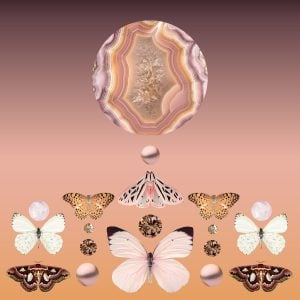Channel the Sun’s Vitality With These Solar Plants
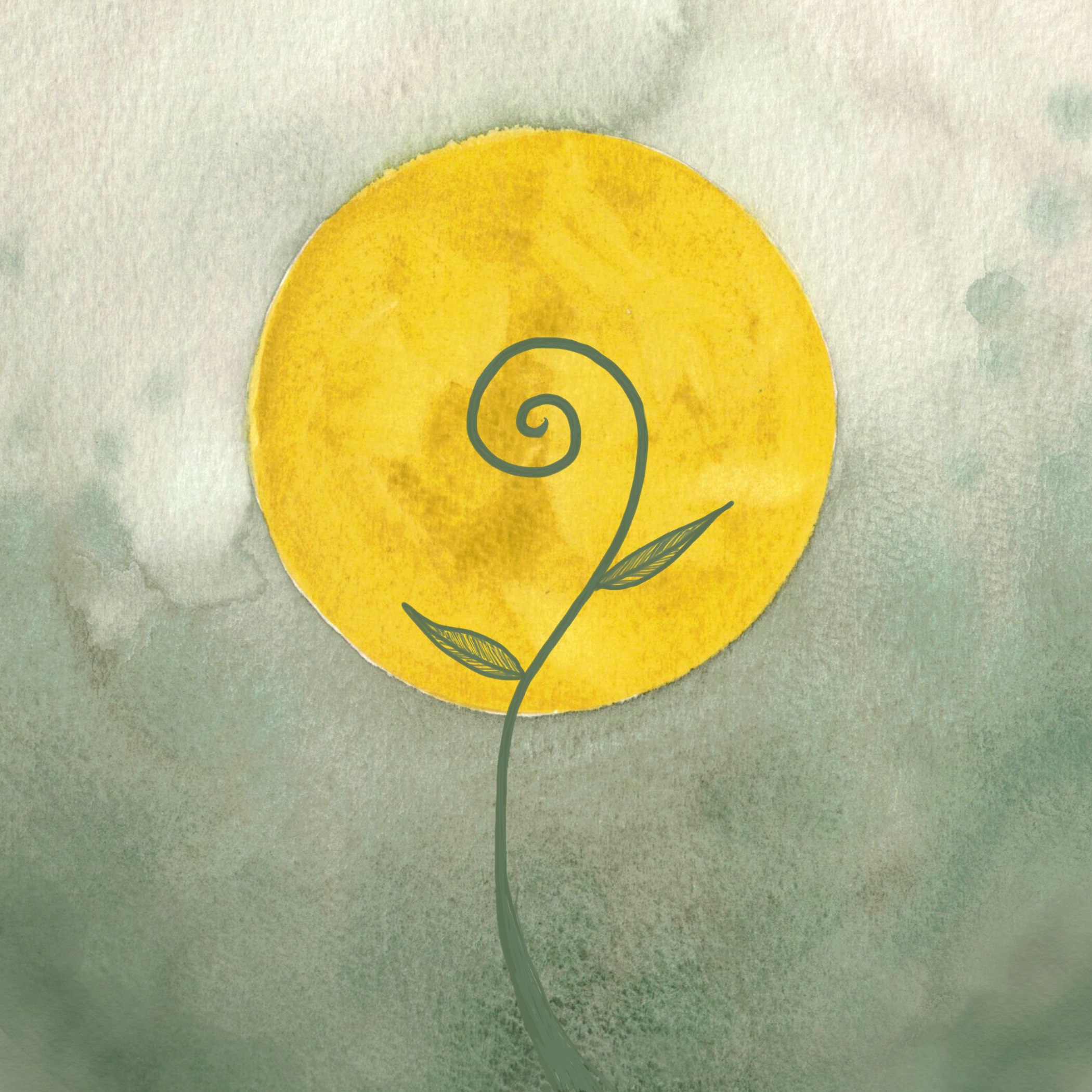
When following the history of Western medicine back to its origins, there exists a deep relationship between astrology and herbalism, a system used to diagnose disease and leverage plants for their healing effects. Born from a collaboration of Egyptian and Greek. knowledge in the Hellenistic period, Iatromathematica was the synthesis between astrology and herbalism.
According to the doctrine of Babylonian melothesia—the science of zodiac signs and the human body—it was thought by the physicians of the Classical and eventually the Medieval and Renaissance periods that the seven visible planets have energetic correspondences on Earth, and that their qualities are reflected in our bodies and constitutions. The planets’ qualities were also observed in the flora, fauna, and minerals of our natural world, and held clues as to what cures they were useful for.
What do the stars have in store for you this month?
Nicholas Culpepper, who had an intimate understanding of astrology and herbalism, is famous for this quote, which reveals the value once placed on astrology and medicine belonging together: “Physick (medicine) without astrology is like a lamp without oil.” Though this cosmology is no longer the prevailing worldview, it is alive and well in the arts of medical astrology, herbalism, and magic, providing a means for us to come into relationship with planetary and plant allies in our holistic practices. Knowing astrology and the qualities of the planets is a “lamp” that illuminates a map to understanding our bodies and their connection to nature and the cosmos.
In this series, we will introduce the correspondences between each of the seven classical planets and the plants they are associated with; we will explore how to see planets in plants so that we can identify their nature. Finding plants in their environments gives us clues as to their uses and qualities, as they have adapted to environments that are similar to imbalances in our bodies we need to treat. Working with these plants medicinally invites their quality into us so that we may take on their balancing effects, helping us enjoy herbs in our daily lives with more confidence and clarity.
Your Vedic astrological chart contains the wisdom of the ages.
[Note: This series is for entertainment and inspirational purposes only, and not intended to replace licensed medical care.]
Part 1: THE SUN
Qualities
The sun is the center of our solar system, the light of our lives, and so plays a central role in our vitality and health. Being hot and dry, it is able to warm up and relax cold, tight tissues and promote circulation. It has an uplifting quality to our mood and can dry up dampness and clear stagnation in our tissues and in the ecosystem. We rely on the warmth of the sun to warm and incubate growth in nature, and to inspire our courage, awareness, and initiative.
Organ Systems
The organ systems traditionally associated with the sun are the heart (Leo) and arteries. The sun is also associated with the eyes, eyesight, and also to the head (Aries). Life-giving circulation is connected to the sun, as is our sense of courage and pride. Renaissance physician Nicholas Culpepper advised the nurturance of the heart “above all else” to maintain vitality and health. In the astrology chart, our sun sign is representative of our vital energy reserves, and how we need to recharge these.
Learn about the mythology associated with your sun sign!
Solar Plants
We can identify solar plants in nature by their golden yellow and orange color, resembling the heat and rays of the sun. They often have round, disc-like flowers or petals that resemble the sun itself. Solar plants tend to grow in warm, arid environments and open sunny places. Their herbal qualities tend to be hot and dry like the sun, and when applied topically or ingested they impart warming and drying qualities into the body—or have qualities that soothe an excess of these. Their effects can be physical, but also emotional, restoring joy and well-being. Solar plants tend to be useful to calm, relax, and relieve discomfort or pain.
Chamomile (Matricaria chamomilla)
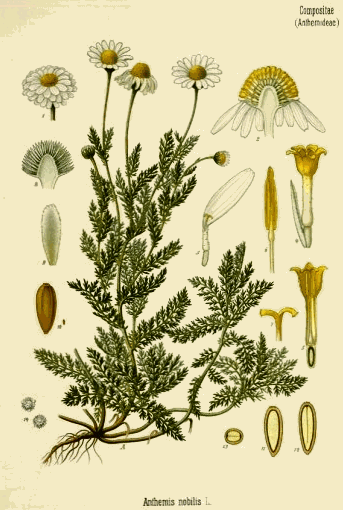
Mildly hot and dry, this gentle and familiar remedy is easily identified by its round solar flowers. It warms the head, liver, and joints, promoting circulation in the body. Chamomile tea helps to purge excess heat from the system and is gentle and relaxing. Chamomile is a known anodyne, meaning it relaxes and relieves pain.
St. John’s Wort (Hypericum perforatum)
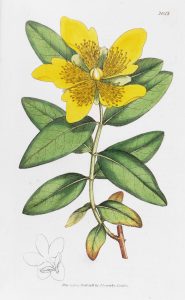
This plant grows on open sunlit pastures and slopes. Its bright sunny yellow flowers, which bloom midsummer when the sun is at home in Leo, identify it as a sun plant. A prime solar plant, teas and tinctures of St. John’s wort invite warmth and circulation into the body and are effective in treating depression. St. John’s wort is also known to heal wounds and relieve pain and swelling. A solar infused oil of St. John’s wort will turn bright reddish orange, another echo of its solar identity.
Rosemary (Rosmarinus officinalis)
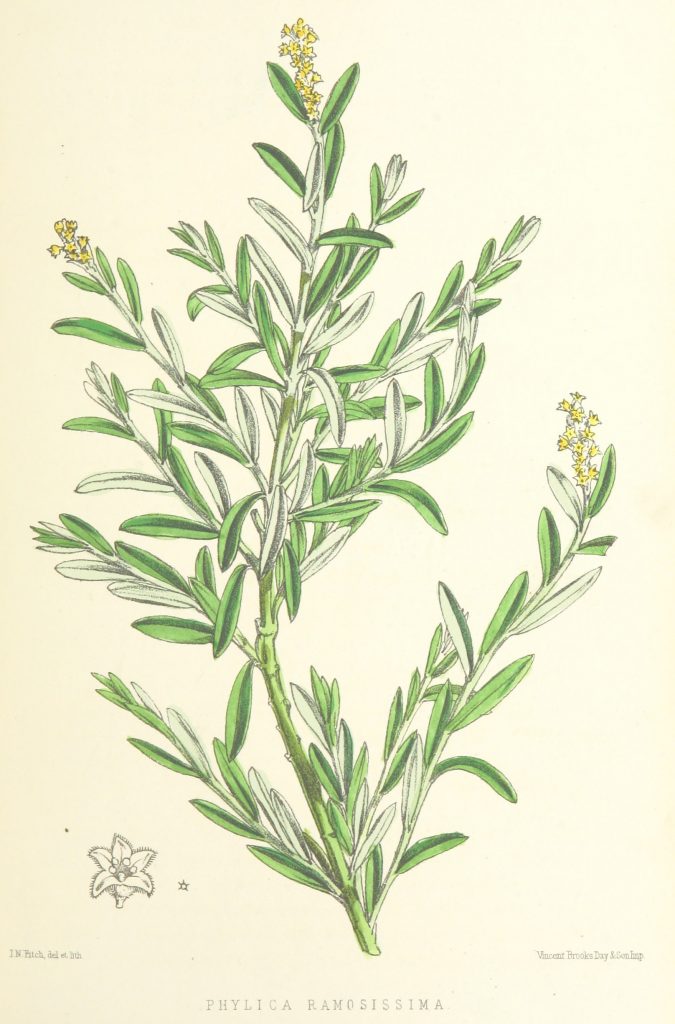
Another solar remedy that is more moderately hot and dry, rosemary grows in dry sunny environments and has a dry quality to its leaves and branches. It brings heat and warmth to the head, and its stimulating herbal fragrance helps to improve mental clarity and memory retention. It is astringent and a known carminative, meaning it helps relieve digestive gasses and promote digestion. Rosemary oil—when diluted in a light carrier oil—is excellent for massage, it’s relaxing solar warmth is very soothing to tight, tired muscles.
Art by Debra Stapleton
Need some life advice? Speak to a Spiritual Advisor now. Your first 3 minutes are FREE.


